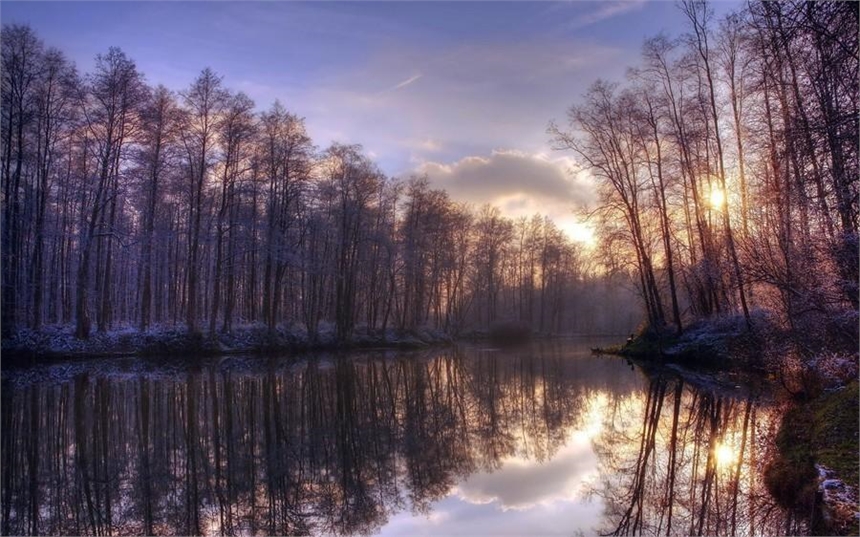Its surface temperature is a roasting 470 degrees centigrade (roughly 900 degrees Fahrenheit), which is hot enough to melt lead, and the atmospheric pressure at the surface is ninety times that of Earth, or more than any human body could withstand.

So that's what happens when you move two light minutes closer to the Sun. Travel farther out and the problem becomes not heat but cold, as Mars frigidly attests. It, too, was once a much more congenial place, but couldn't retain a usable atmosphere and turned into a frozen waste.











